Q1: What sets UKG software apart from other HR and payroll solutions in the market?
A1: UKG software stands out for its tailored approach. Unlike one-size-fits-all solutions, UKG offers a modular design, allowing businesses to customize the platform according to their unique needs. This adaptability sets UKG apart, ensuring it aligns seamlessly with the objectives of your organization.
Q2: How does UKG’s unified platform contribute to operational efficiency?
A2: The unified platform integrates HR, payroll, timekeeping, and workforce management into a cohesive system. This consolidation eliminates silos, streamlining processes, and fostering efficiency across the organization. With all essential functions centralized, your team can navigate tasks seamlessly, enhancing overall productivity.
Q3: How does UKG leverage data to drive growth and informed decision-making?
A3: UKG’s data-driven insights are a game-changer. By analyzing real-time data, businesses can identify workforce trends, areas for improvement, and opportunities for growth. This empowers decision-makers with the information needed to make strategic and informed choices that contribute to the overall success of the company.
Q4: How does UKG enhance the employee experience?
A4: Employee experience is paramount, and UKG recognizes this. The software offers self-service tools, mobile access, and personalized benefits options, creating an exceptional work environment. By prioritizing the needs of employees, UKG helps boost engagement, morale, and overall productivity.
Q5: How does UKG simplify HR and payroll compliance?
A5: Navigating the complex landscape of HR and payroll compliance can be challenging. UKG simplifies this process by automatically updating tax and labor regulations. With robust security features in place, UKG ensures that your organization remains compliant, mitigating the risk of costly penalties.
Q6: Is UKG software scalable for businesses at different stages of growth?
A6: Absolutely. UKG’s scalability is a key feature. As your business grows and evolves, so can your use of UKG software. With flexible pricing plans and scalable solutions, UKG provides the necessary support and resources at every stage of your business journey.
Q7: How can UKG help my business unlock its full potential?
A7: UKG is more than a software solution; it’s a catalyst for success. By integrating essential HR and payroll functions, providing actionable insights, enhancing the employee experience, and ensuring compliance, UKG helps your organization unlock its full potential. Embrace UKG, and elevate your business to new heights of success.
Ready to start today? Learn more here.

